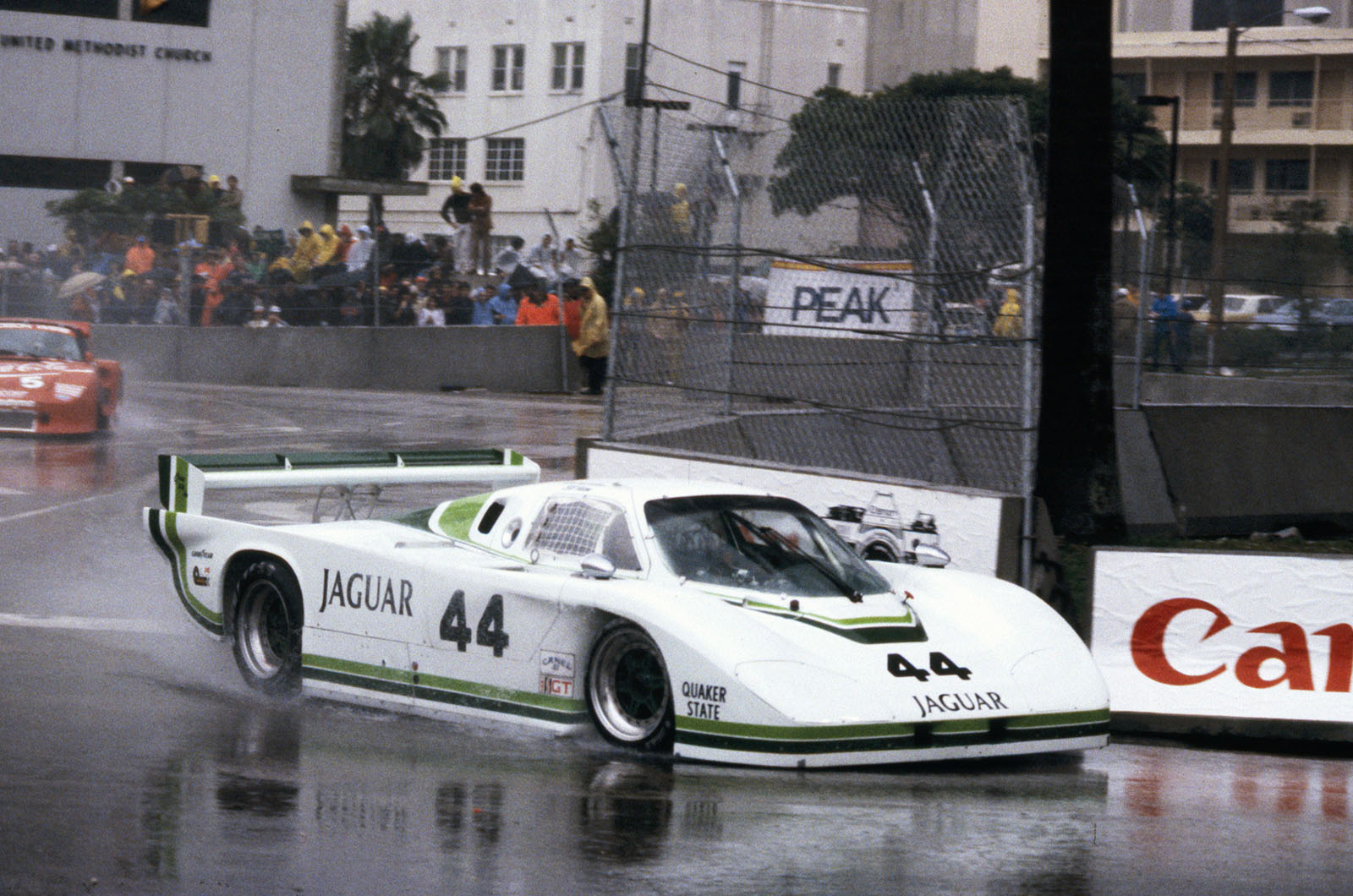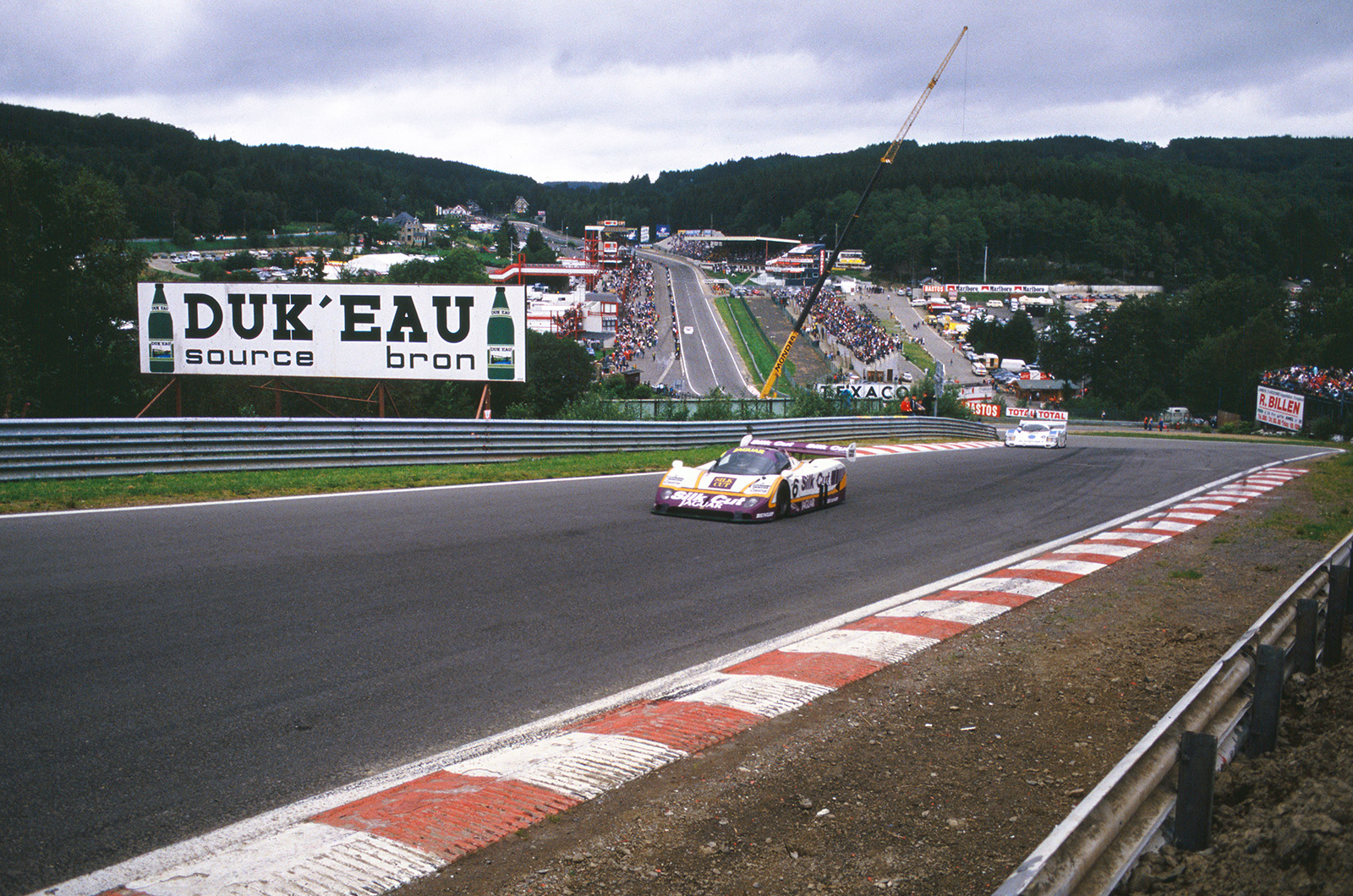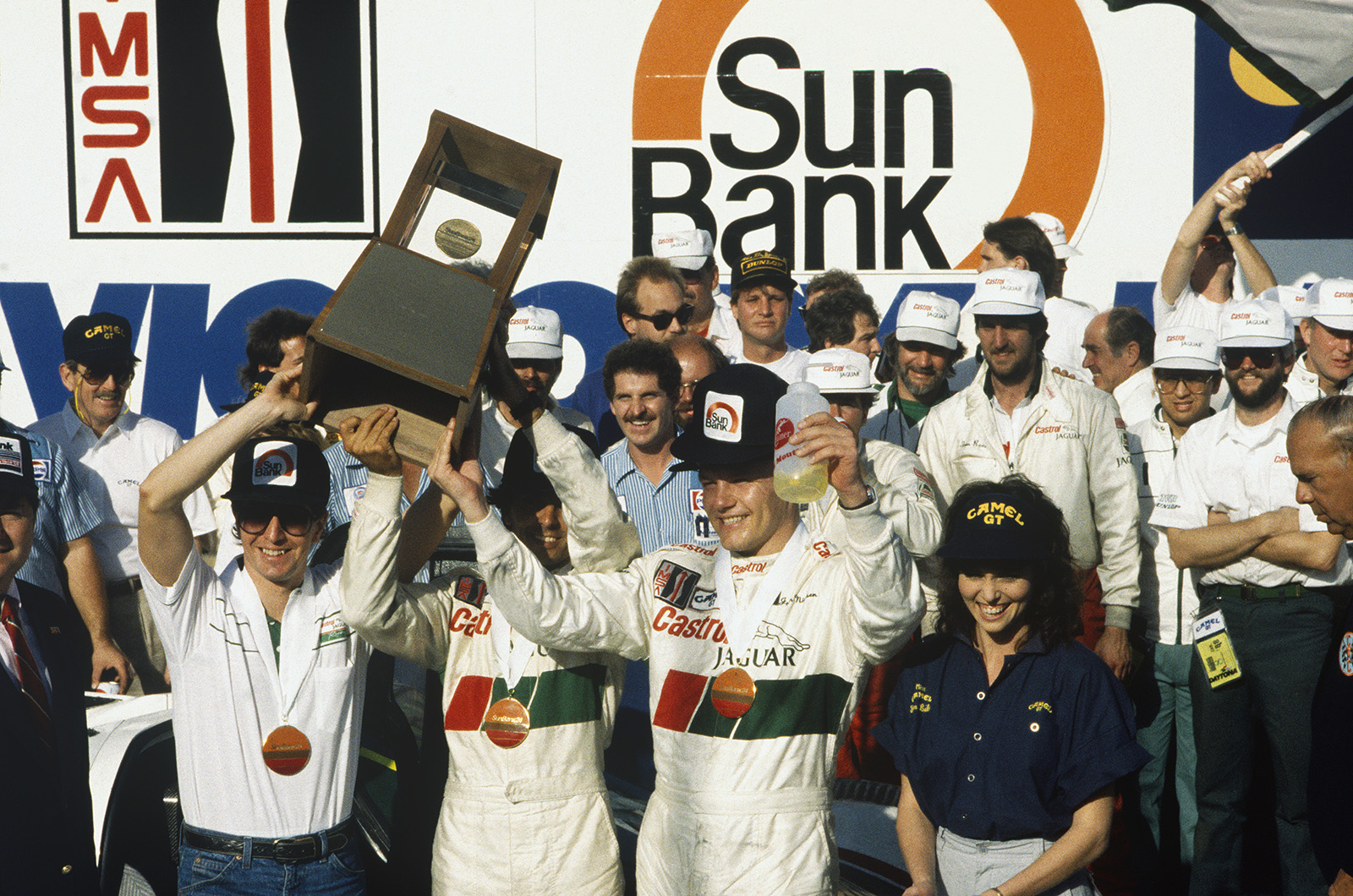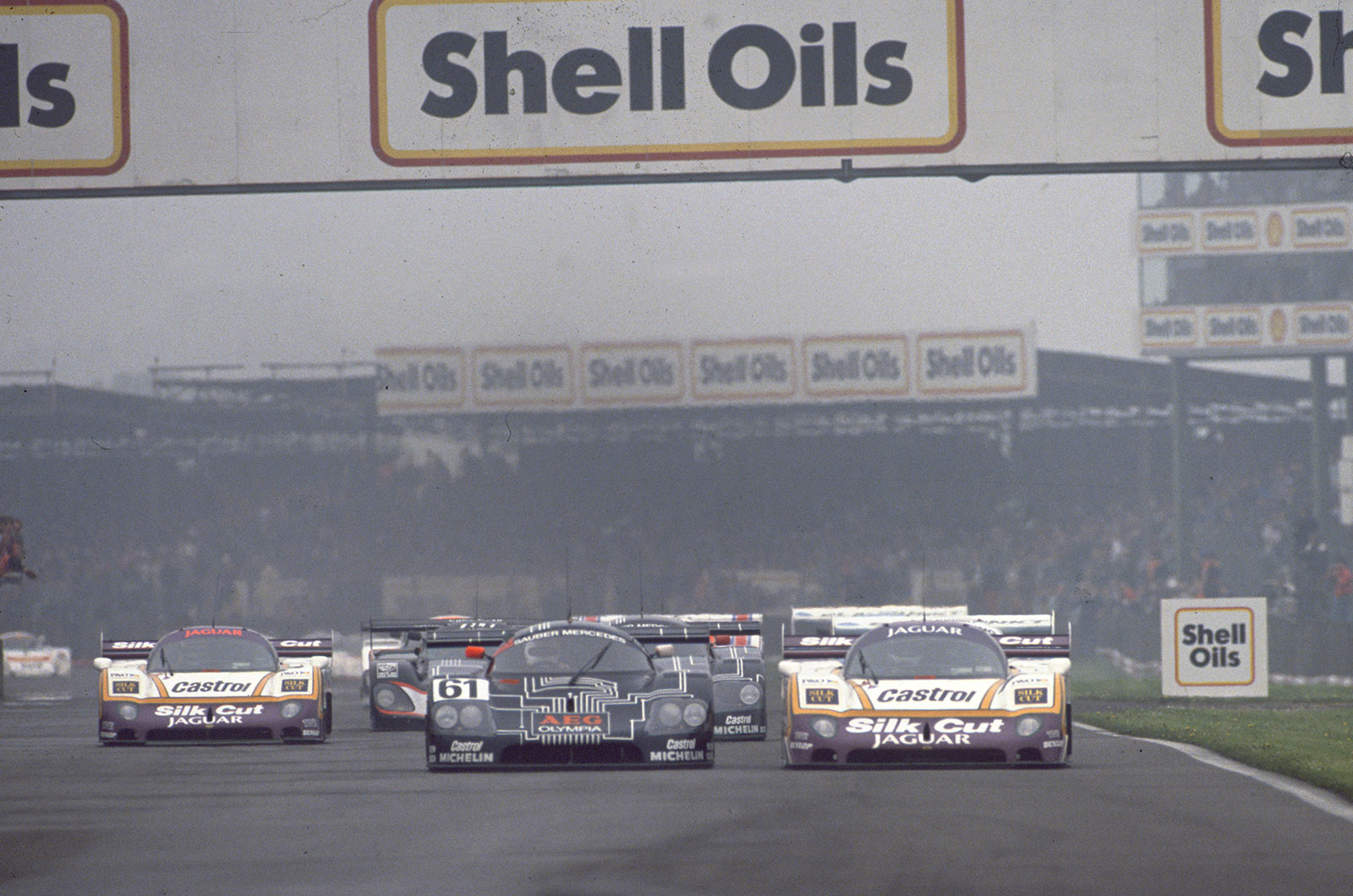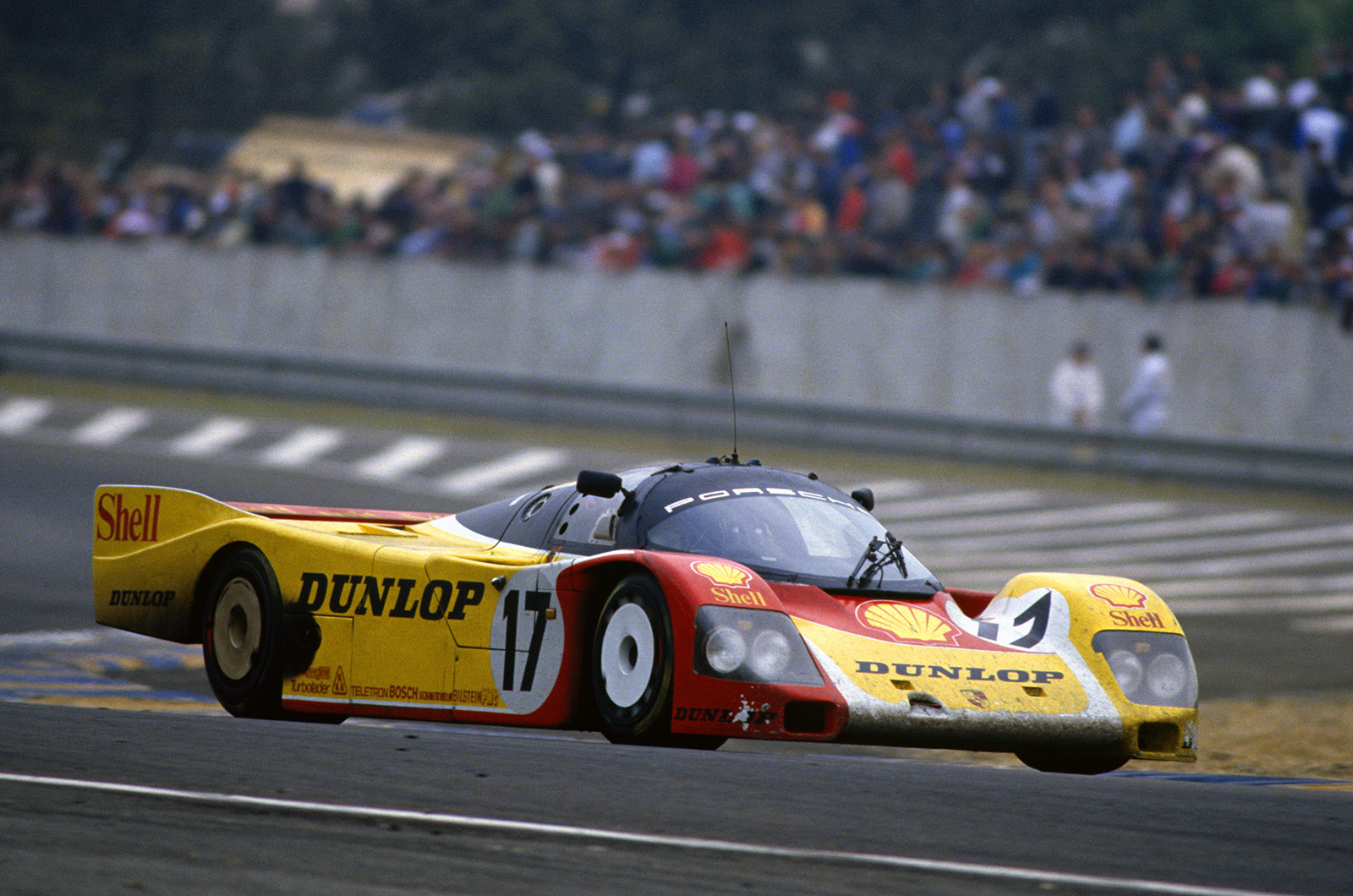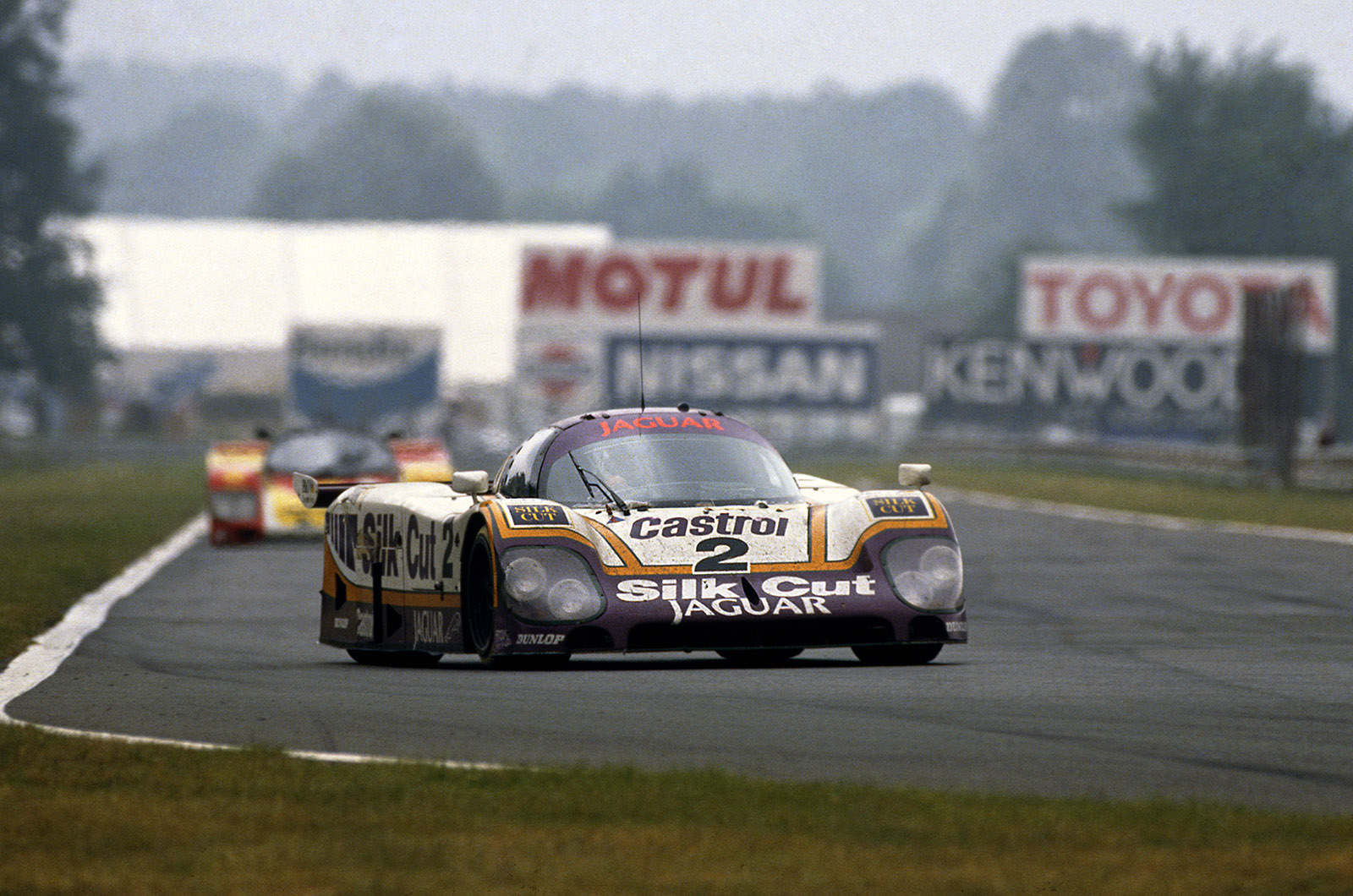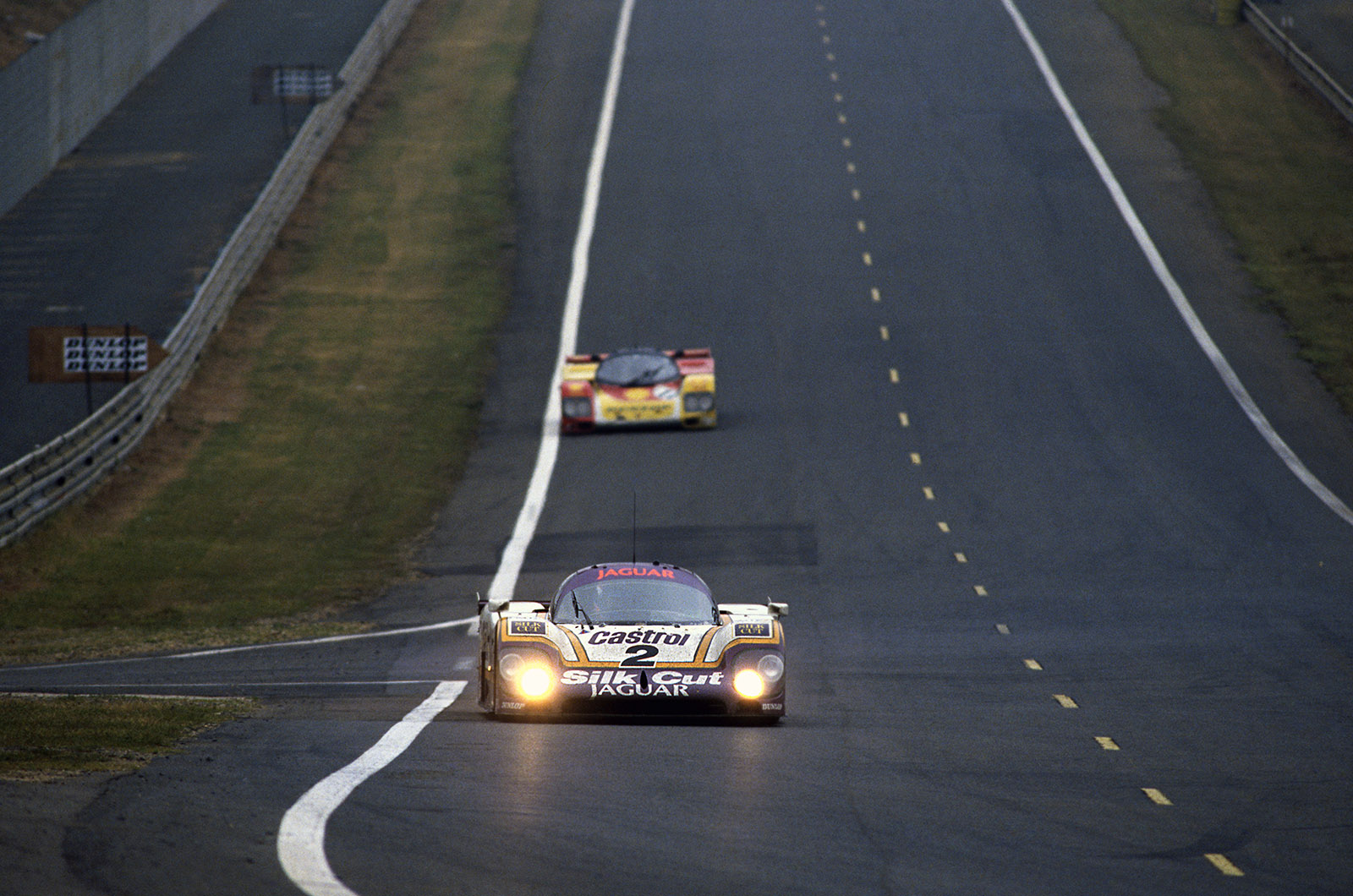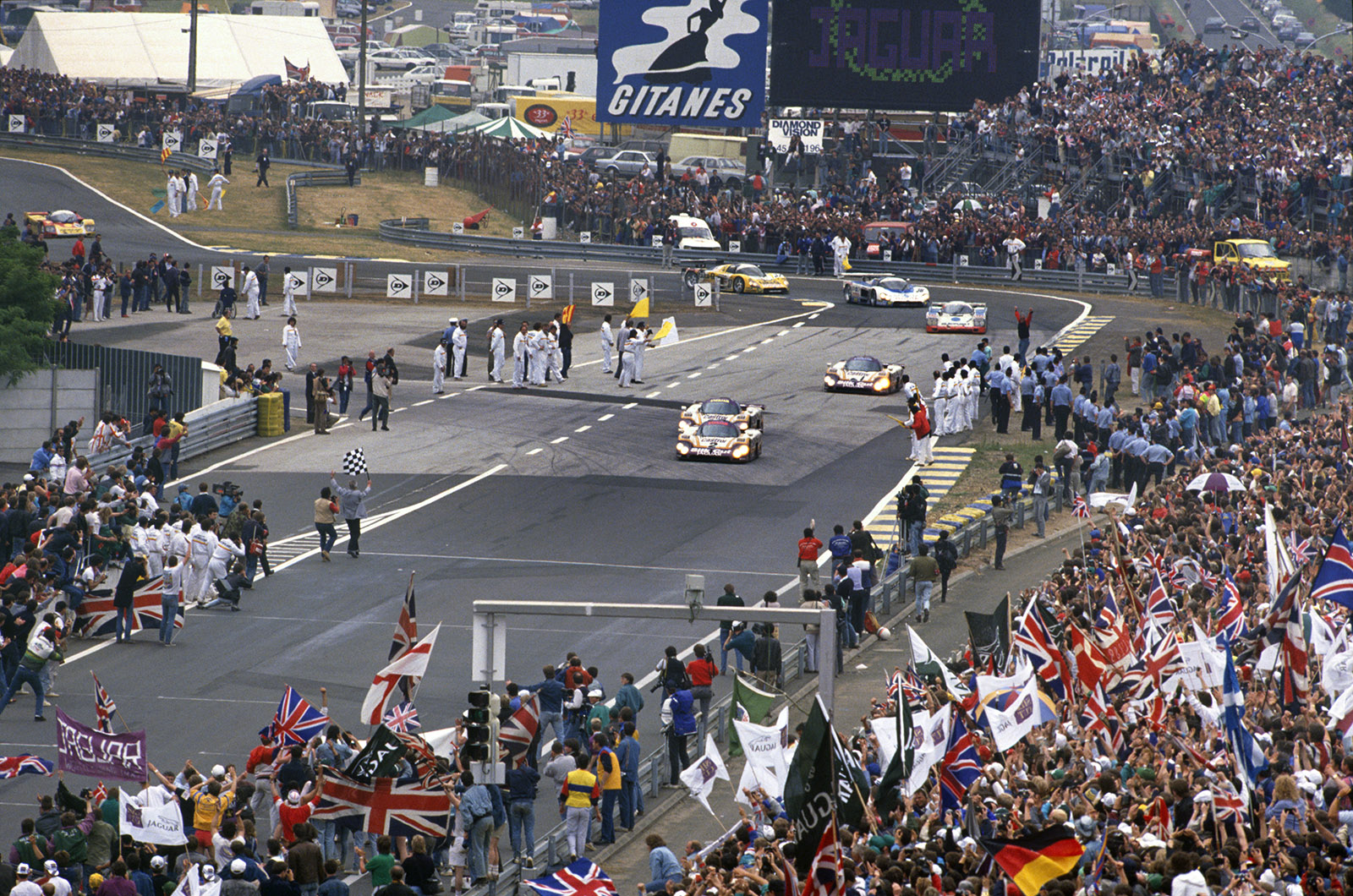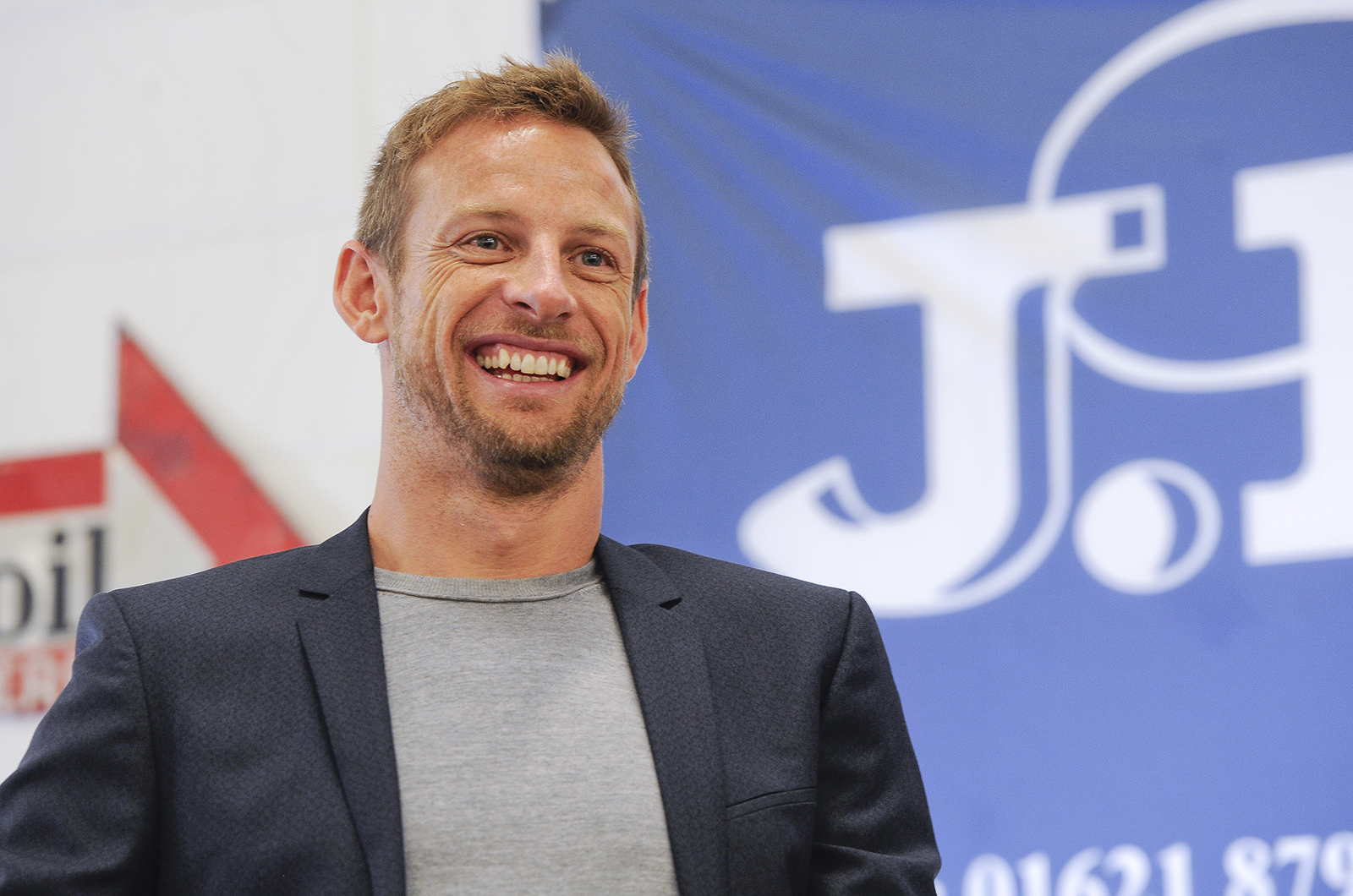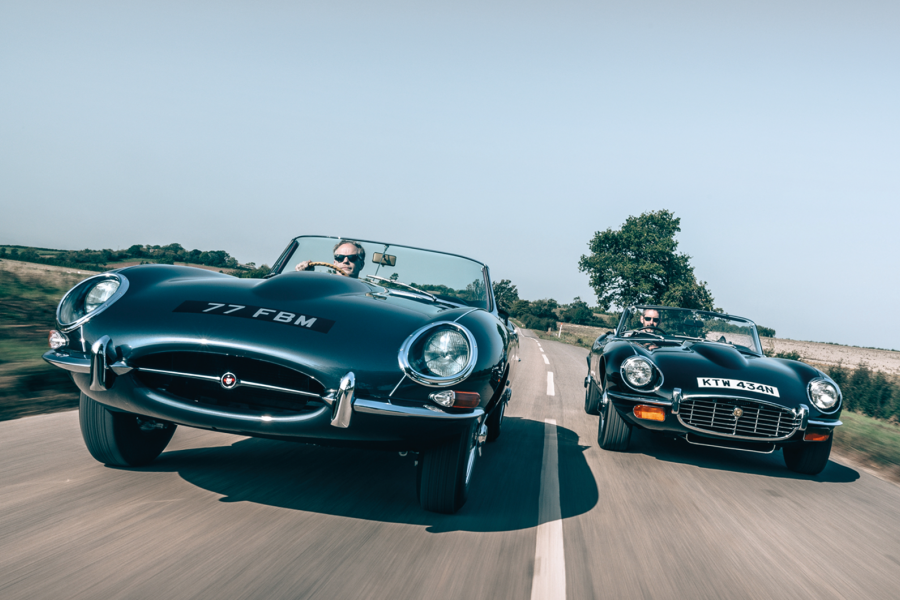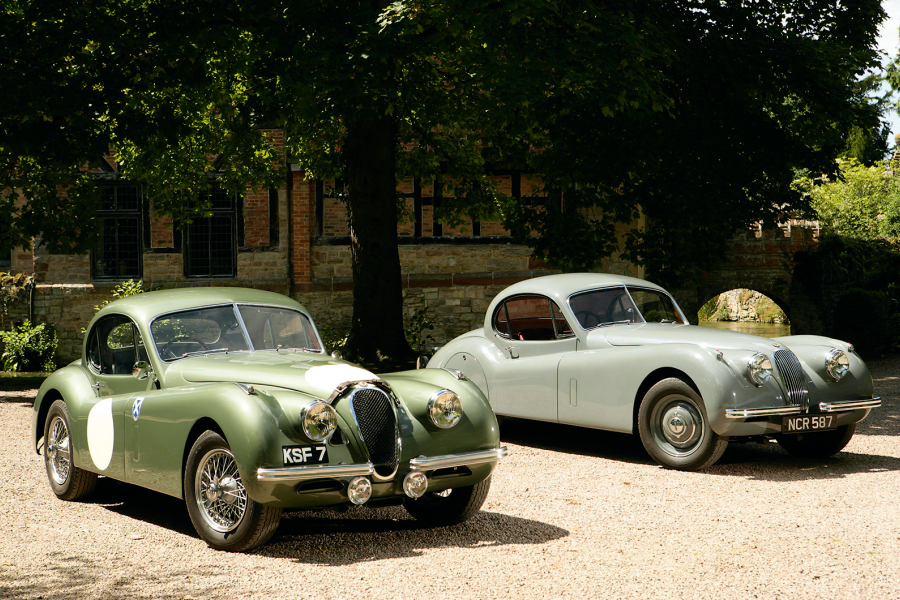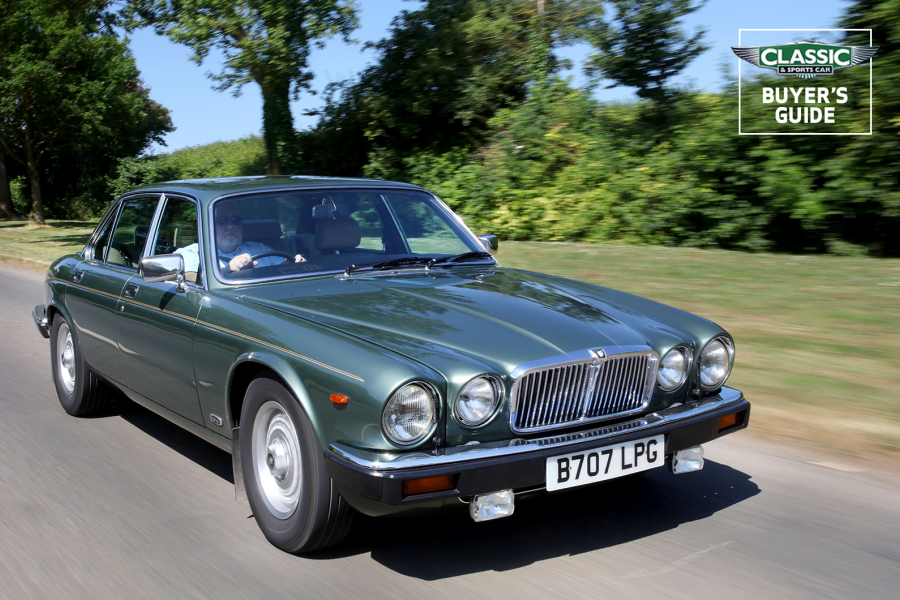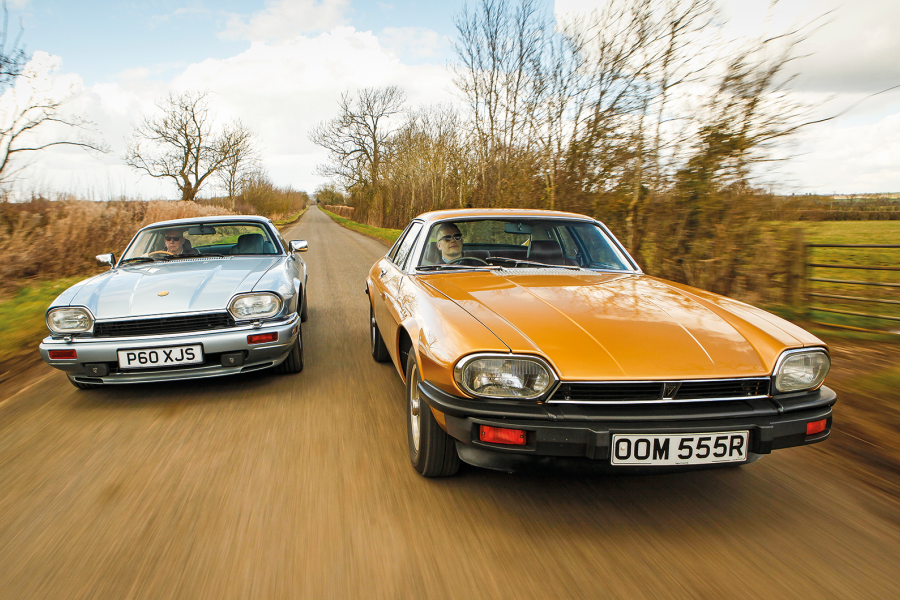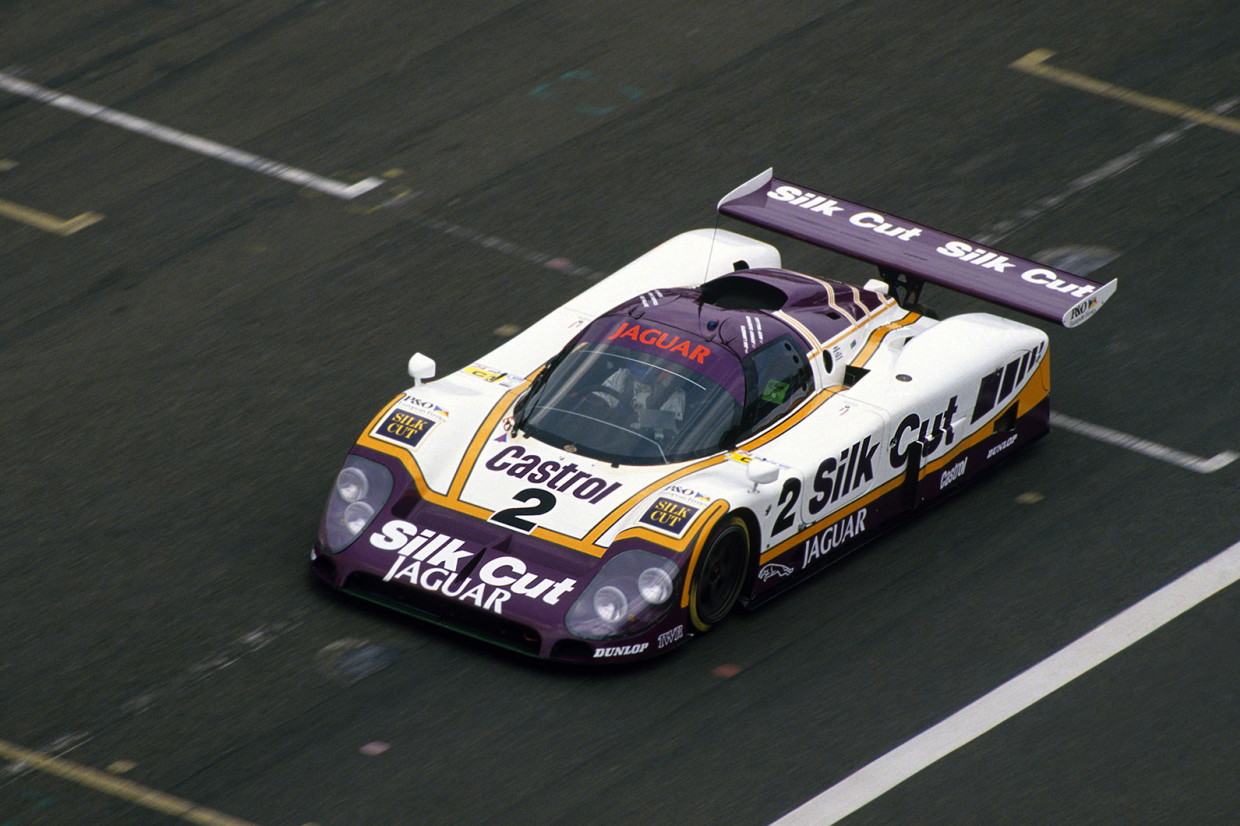
Jenson Button will this year make his debut at the Le Mans Classic, and his choice of car is particularly significant.
The 2009 Formula One World Champion will be at the wheel of a Jaguar XJR-9, 30 years after Andy Wallace, Jan Lammers and Johnny Dumfries scored a historic victory in the 24 Hours.
Jaguar, of course, had form in the famous race. Its first win came in 1951 courtesy of the Peter Walker and Peter Whitehead C-type, and four more would follow before the decade was out: the works cars of Tony Rolt and Duncan Hamilton in ’53, and Mike Hawthorn and Ivor Bueb in ’55, then the Ecurie Ecosse entries of Ron Flockhart and Ninian Sanderson in ’56, and Flockhart and Bueb in ’57.
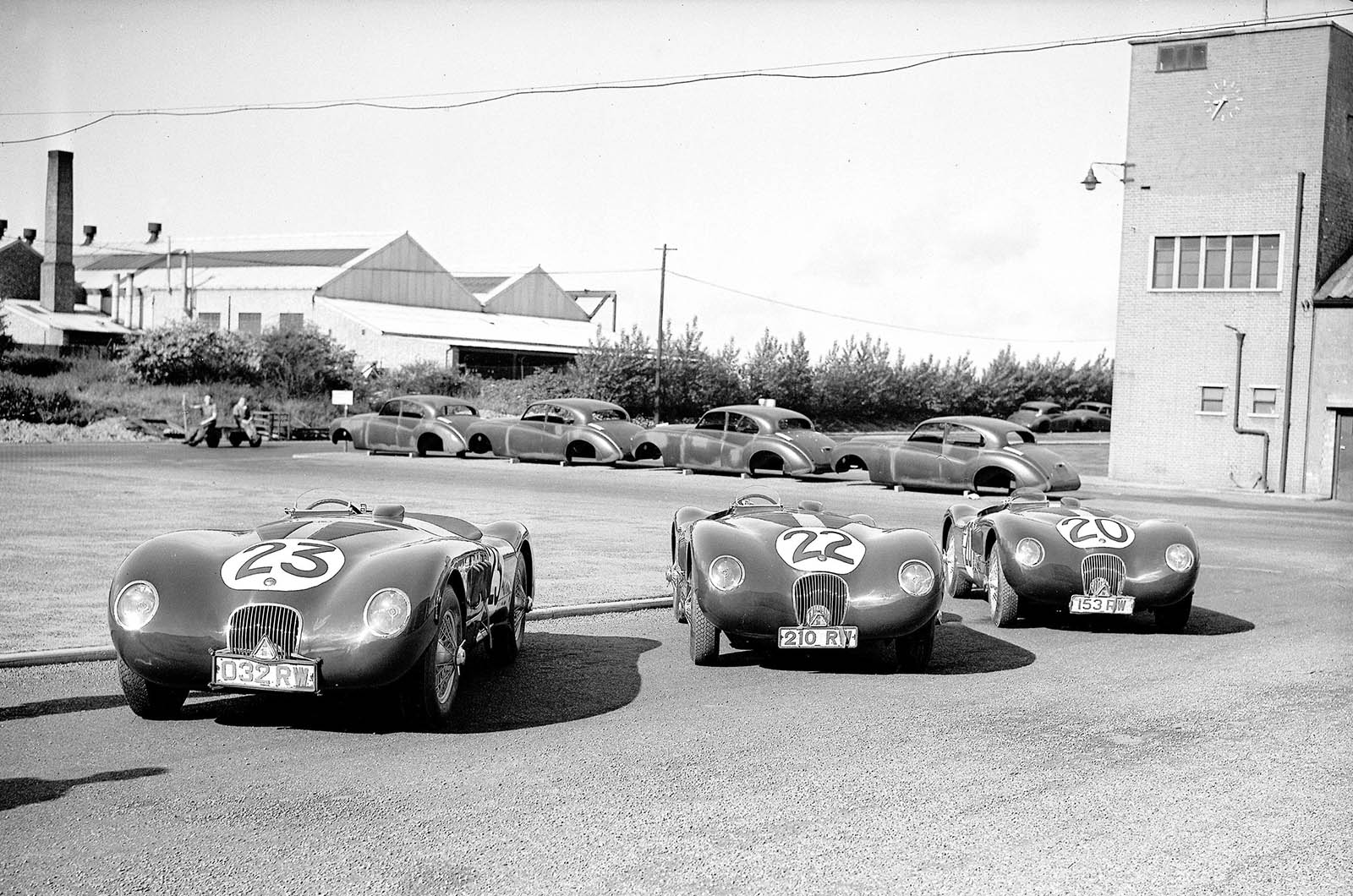
The victorious Jaguar team after the 1951 24 Hour race outside the factory: the winning C-type of Peter Walker/Peter Whitehead (20) with the sister cars of Stirling Moss/Jack Fairman (22) and Leslie Johnson/Clemente Biondetti (23)
Despite Jaguar having officially withdrawn from racing, there was a degree of factory support for the privateer E-types that competed at Le Mans in the early 1960s.

